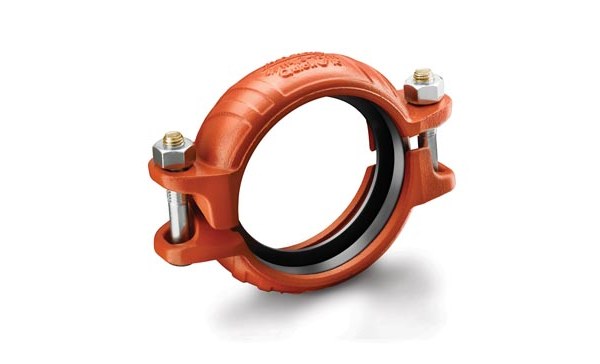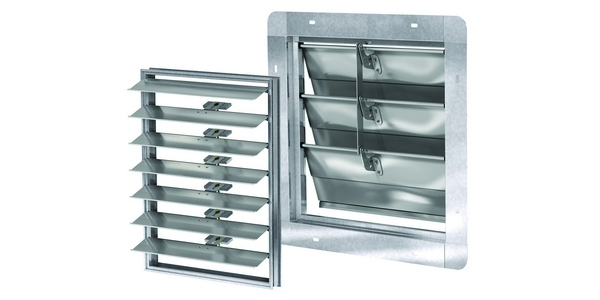Refrigeration Commissioning Guide Seeks to Ensure Systems Work Right
ATLANTA, Ga. — Sixty percent of energy use in supermarkets is attributed to refrigeration, and studies have shown commissioning could result in a 7-25 percent energy savings. A new guide from ASHRAE outlines a commissioning process that would result in substantial savings.
“Refrigeration Commissioning Guide for Commercial and Industrial Systems” provides user-friendly, how-to guidance for commissioning of custom-engineered refrigeration systems in commercial and industrial facilities. The book was funded in part by the U.S. Department of Energy through the National Renewable Energy Laboratory
The book is available for free download at www.ashrae.org/freeRefCxGuidance.
“Custom refrigeration systems are complex and individually designed for each facility,” Richard Royal, who served as chair of the committee that wrote the guide, said. “Deficiencies in the system design found at startup are not easily resolved and, as a result, maintenance managers or operators deal with unnecessary shortcomings and expenses over the life of a facility. The value of commissioning is to establish a consistent stepwise process that helps ‘get it right the first time,’ resulting in refrigeration systems that ‘work right’ and minimize maintenance and energy costs.”
The U.S. Environmental Protection Agency estimates that supermarkets typically use approximately 3,000,000 kWh of electricity per year, with 60 percent of that energy use attributed to refrigeration (EPA 2007). Portland Energy Conservation, Inc. predicts that commissioning in existing grocery stores would result in 7 percent to 25 percent energy savings per year (PECI 2010). Based on these estimates, this commissioning guide, if widely adopted, would lead to substantial energy savings.
“Thousands of refrigeration systems are installed every year in facilities ranging from convenience stores to large, sophisticated frozen food distribution centers,” Royal said. “Properly commissioned systems reduce energy cost, are easier to maintain, help minimize liabilities from refrigeration leaks and reduce loss of product to system failures or unreliable performance.”
Royal noted that commissioning of refrigeration systems is uncommon in the industry. One reason is a belief that commissioning results in added cost and time without sufficient or measureable value.
“Certainly, commissioning is an investment, but it provides significant financial value in several ways,” he said. “First, systems operate more reliably with lower maintenance cost and lower energy cost when commissioning is applied as described in this guide. Second, incorporating commissioning can reduce first cost through improved understanding of system performance and lead to better equipment design and installation methods.”
The guide will help achieve cost-effective and cost-efficient refrigeration systems for new projects, expansions, remodels and existing systems that simply need a tune-up. For commercial facility owners and managers, this means improved profitability through lower operating and service costs, as well as reduced product loss. For industrial plants, this means improved “up time” and improved labor productivity in addition to reduced operating cost, according to Royal.
Also included in the guide is information on commissioning during planning and design; construction and installation and system startup and first-year operation. A matrix helps delineate roles and responsibilities. Examples of commissioning checklists and acceptance plans can be used for reference or template.
A printed version of the guide is slated to be available in early January 2014. The cost of the printed version is $99 ($84, ASHRAE members). To order, contact ASHRAE customer contact center at 1-800-527-4723 (United States and Canada) or 404-636-8400 (worldwide), fax 678-539-2129 or visit www.ashrae.org/bookstore.



